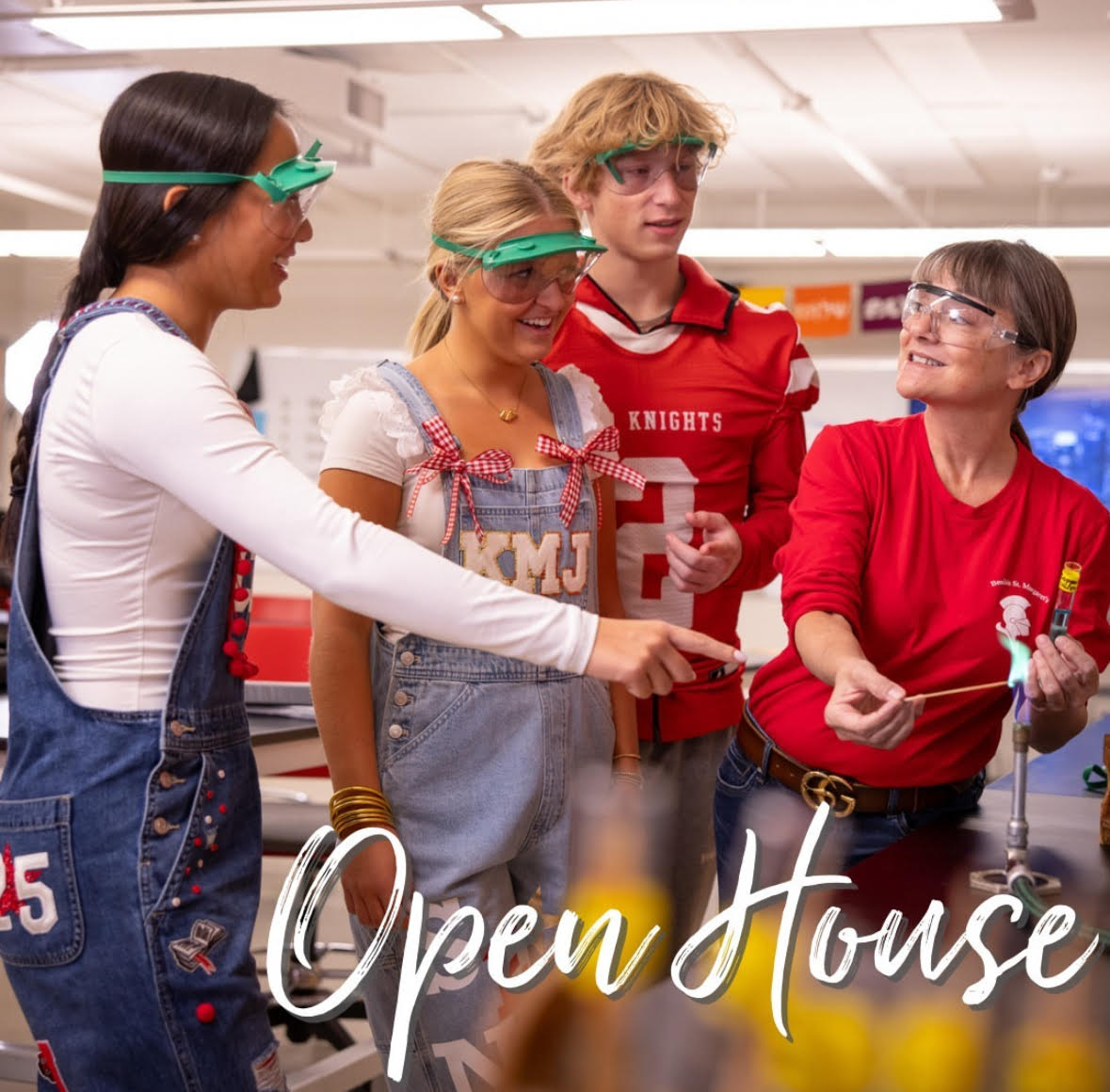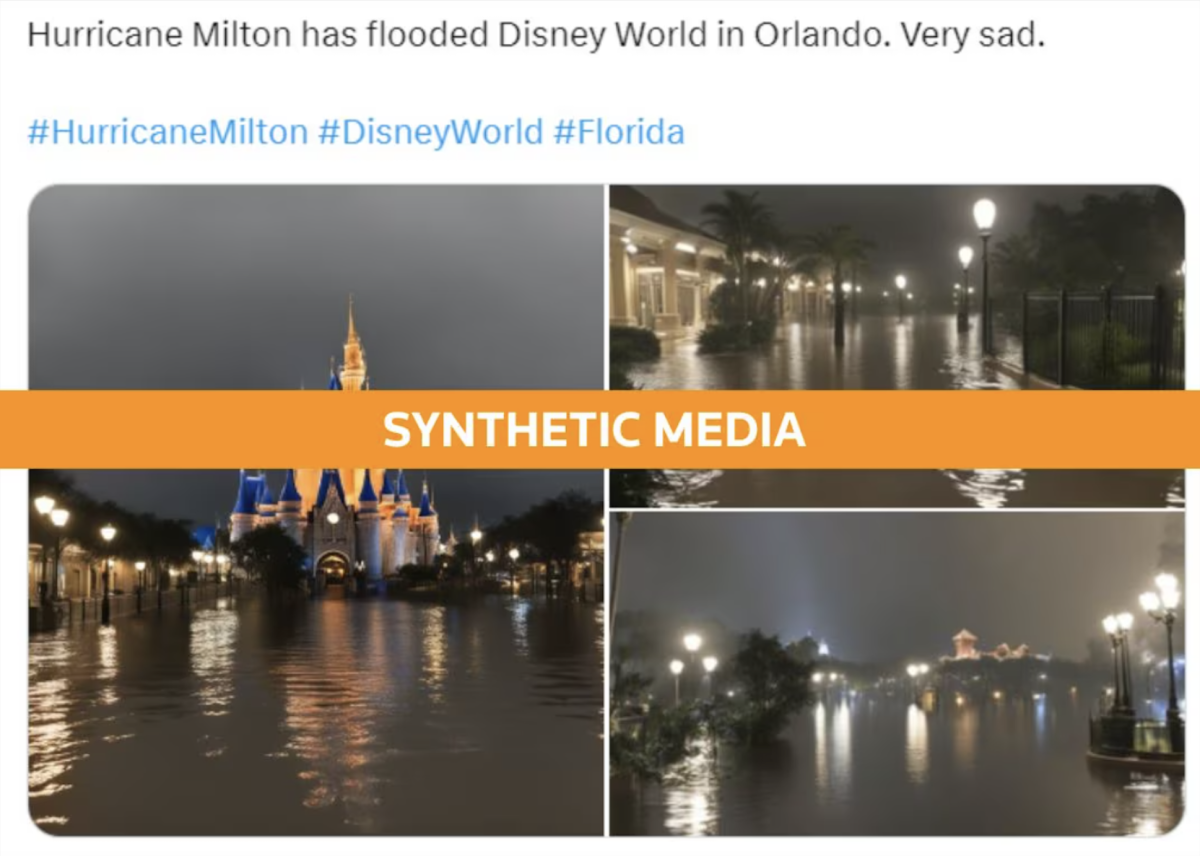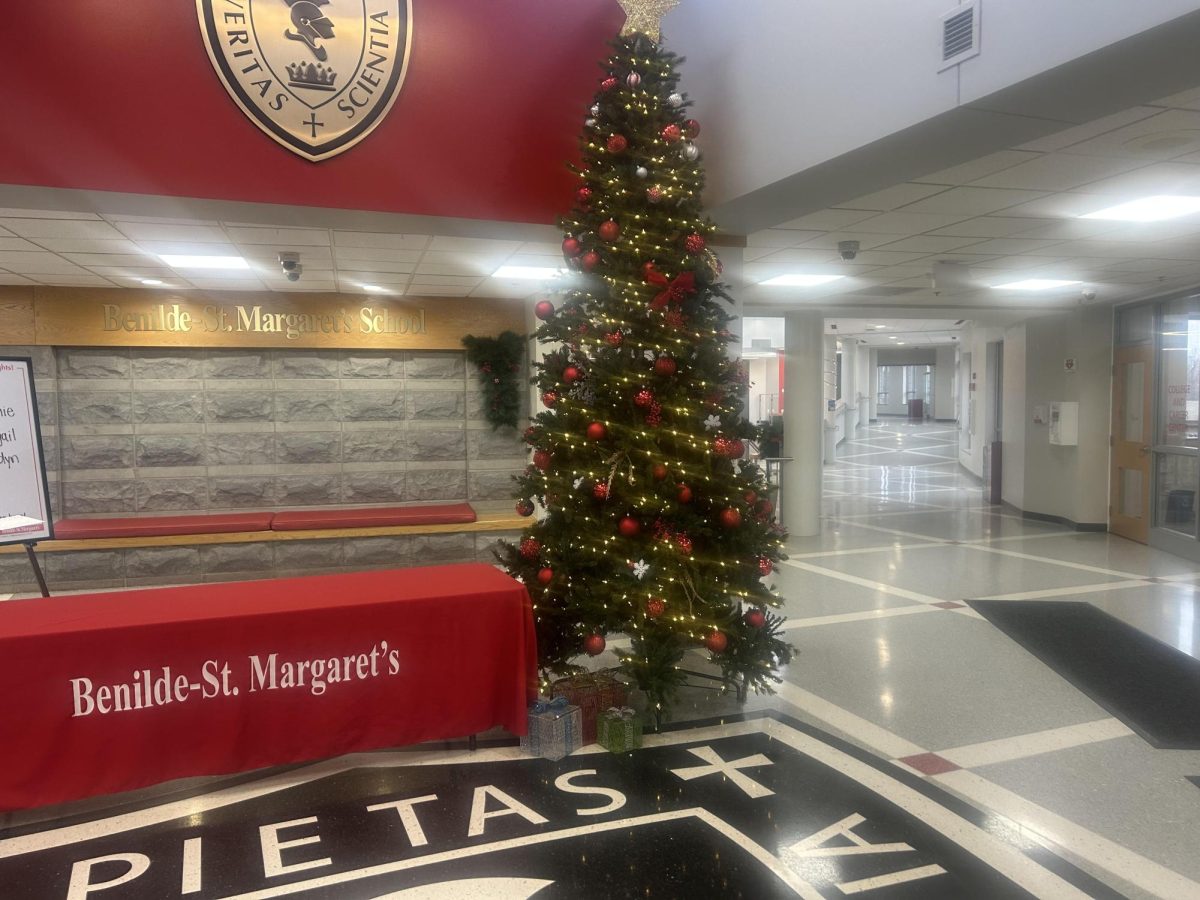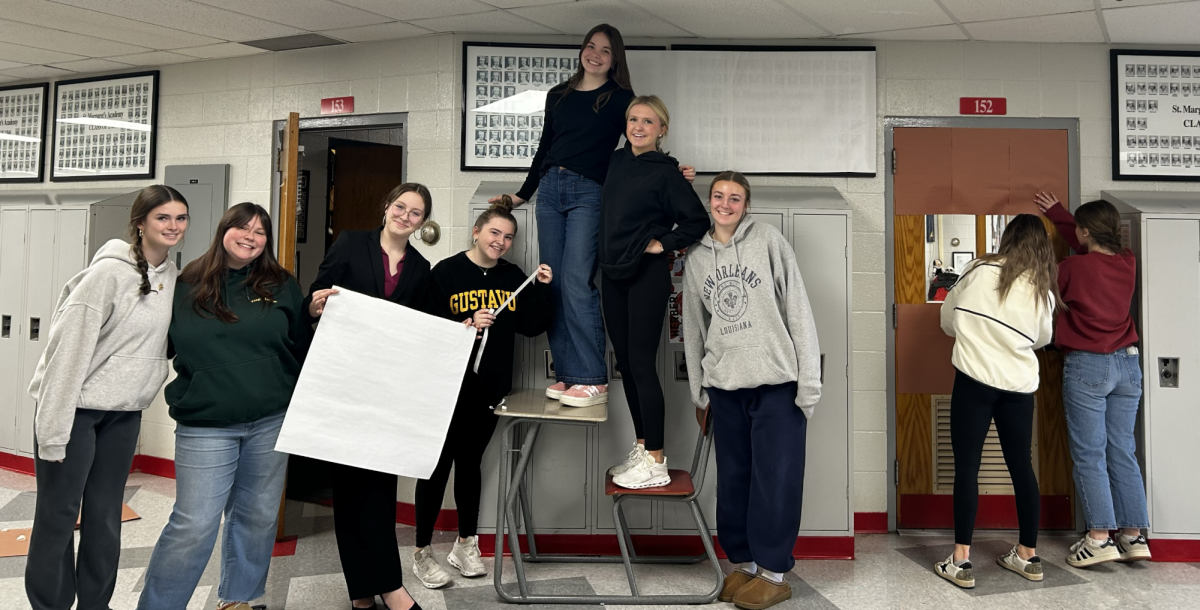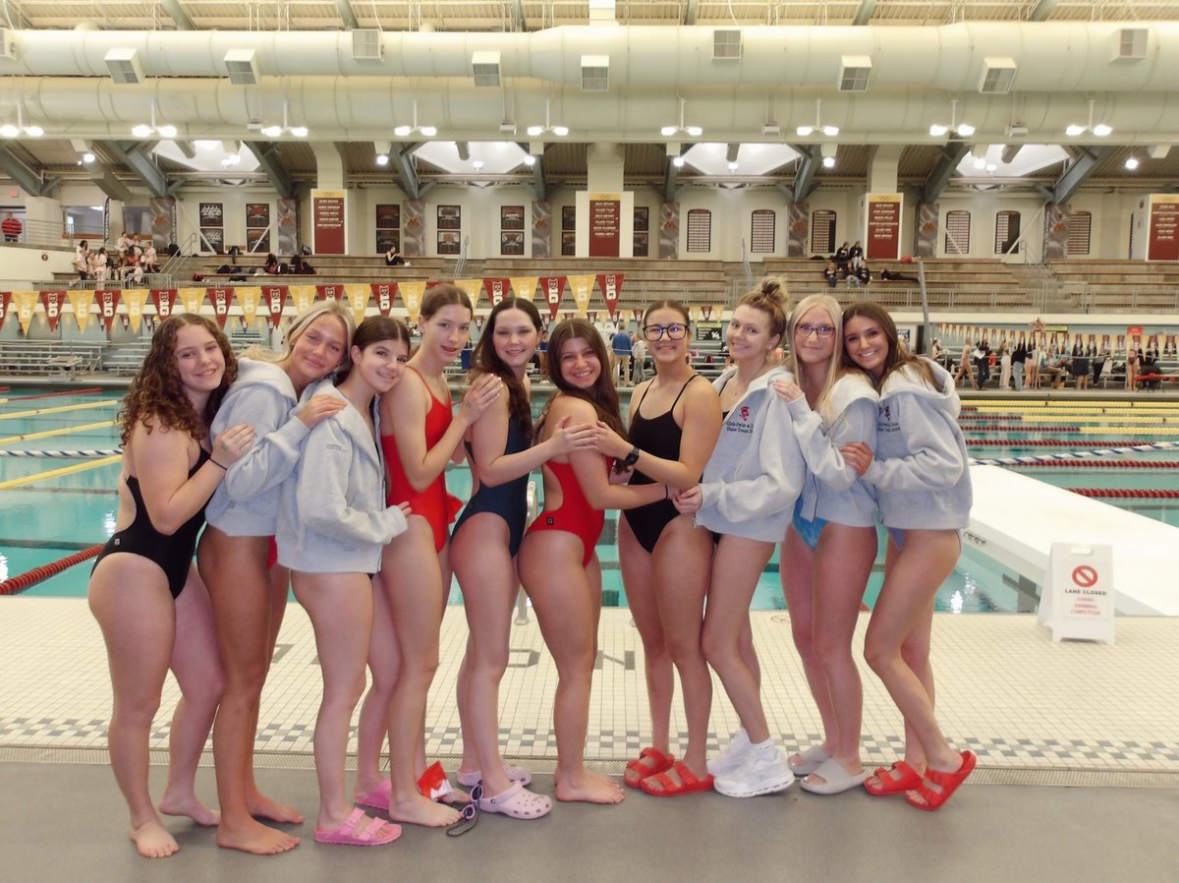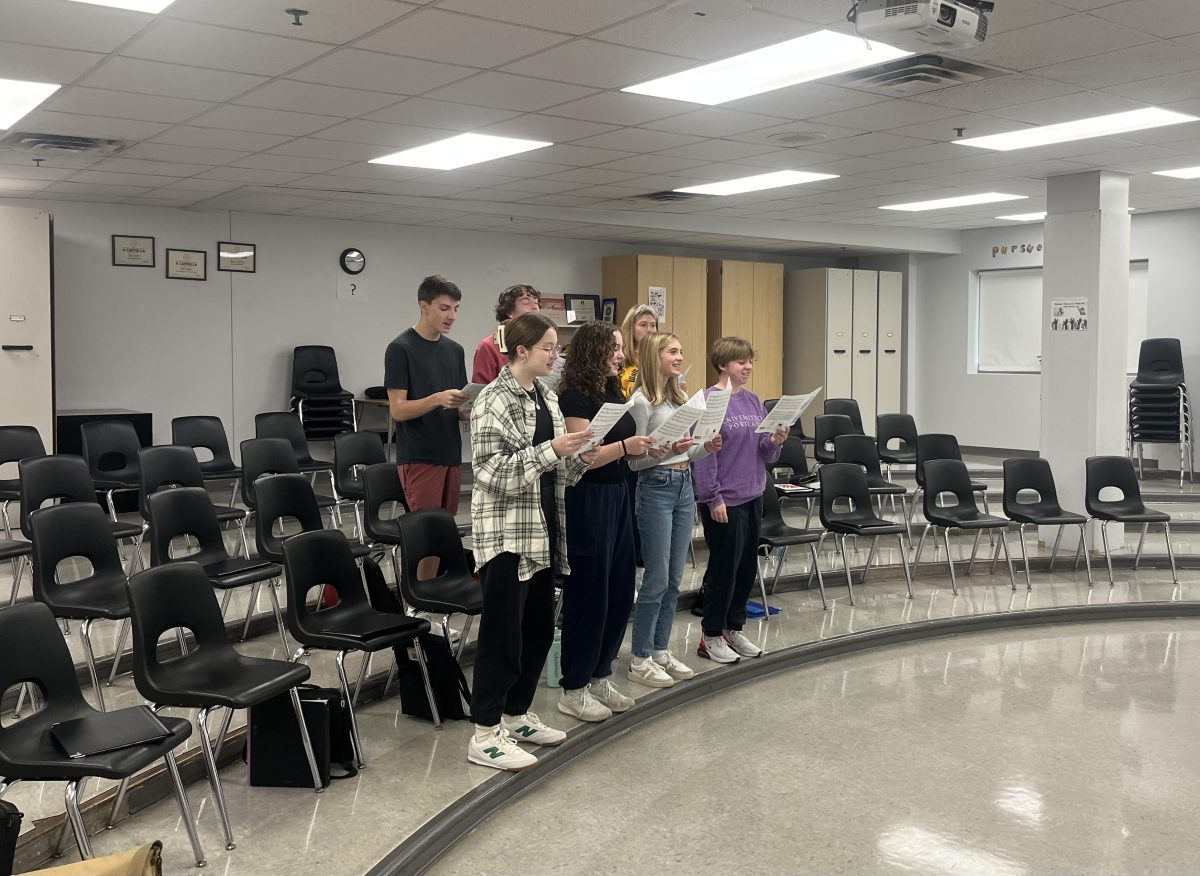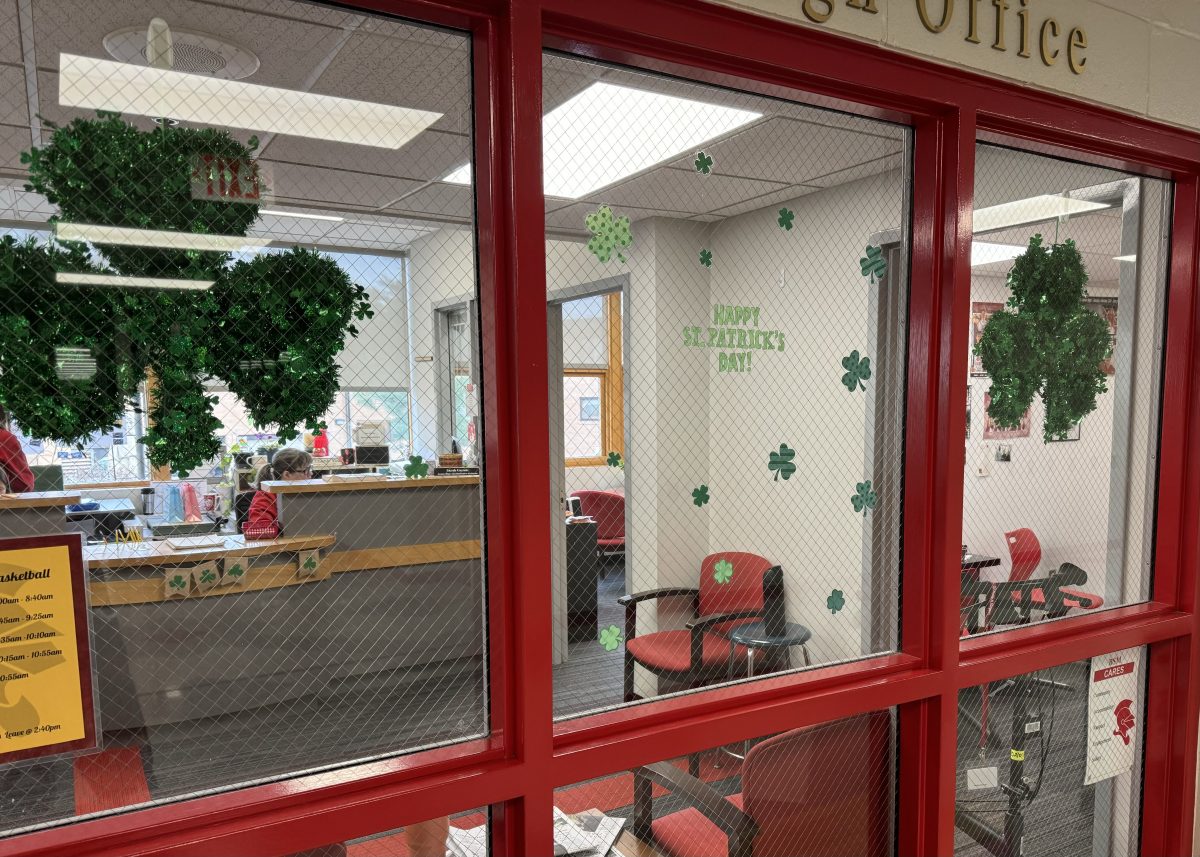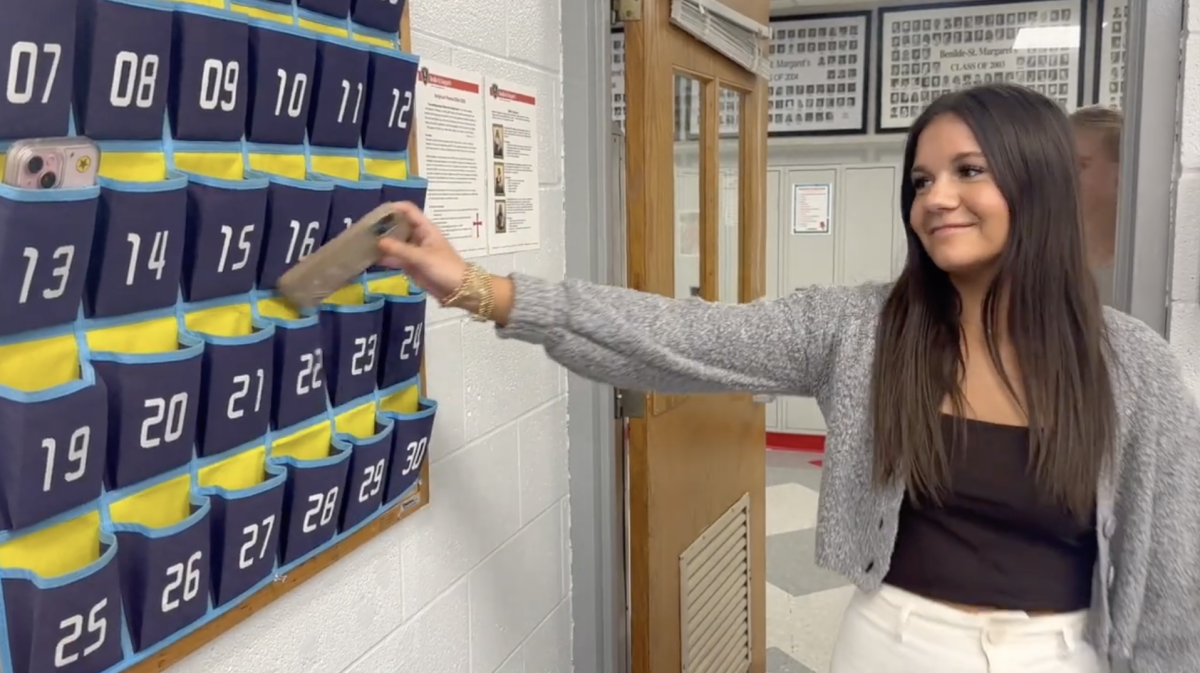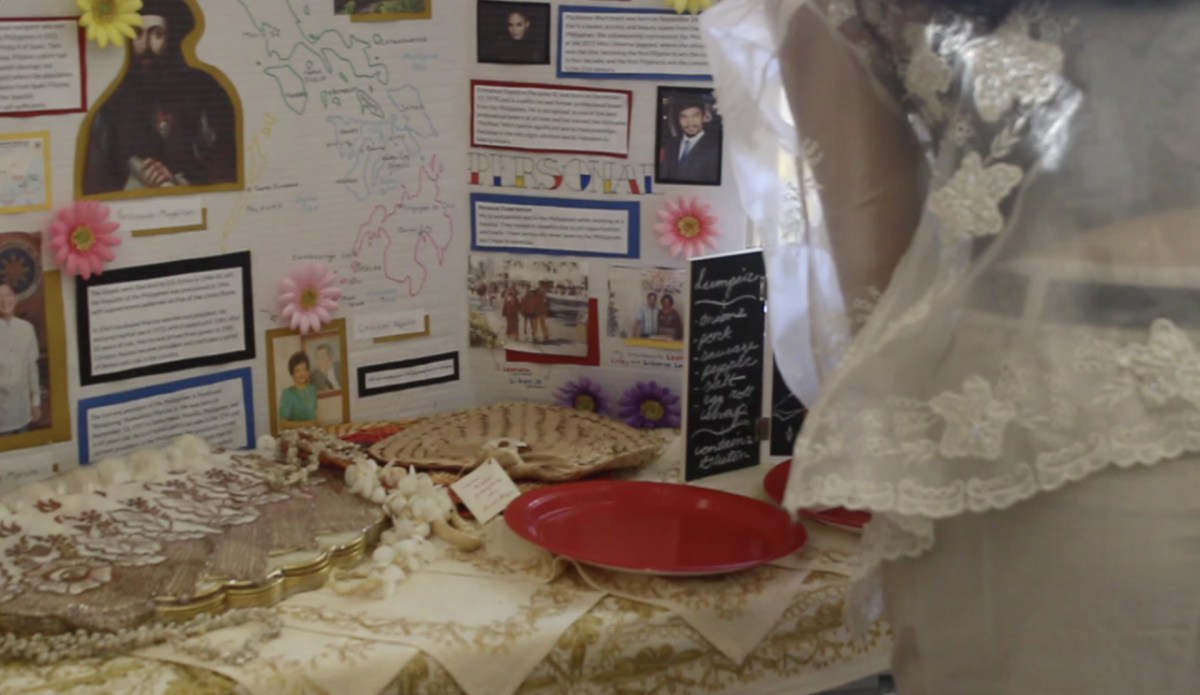Transpiring at the Science Museum of Minnesota, Titanic: The Artifact Exhibition features a spectacular collection of more than 250 artifacts recovered from the haunting wreckage of the world-renown ocean liner. Designed to simultaneously invoke emotion and educate, visitors are drawn back to another time. Authentic, nearly-forgotten testaments of time–china etched with the logo of the elite White Star Line, bronze cherubs that once graced the grand staircase, and even a 3,000 pound portion of Titanic’s hull–offer emotional connections to lives cut short.
Sent back to the year 1912, when the largest and most luxurious ocean liner in history embarked on its maiden voyage, visitors receive a replica boarding pass of an actual passenger. Beginning their chronological journey aboard the Titanic–the ship’s construction process, “unsinkable” claims, life on board, the ill-fated sinking and artifact rescue efforts–the exhibition succeeds in intriguing its assumed voyagers. They marvel at the grand staircase, visit Verandah Café, press their palms against an iceberg, and learn the fate of their accredited passenger while acquiring the many stories of heroism and humanity.
The exhibition first visited Minnesota in 1999, but this year it has been expanded, further enhanced, and endowed with dozens of artifacts recently recovered from the wreck site. Detailed first, second, and third class room renovations and a gallery dedicated to Minnesota’s connections to the historic voyage are some of the more prominent amendments to the exhibition. The museum also features the worldwide debut of nearly 24 artifacts from the Carpathia, a ship that traversed the icy Atlantic Ocean, compromising its own safety, to rescue Titanic survivors. From tawny telegram messages to broken perfume bottles, the small Carpathian discoveries add up, shedding light on lives directly and indirectly affected by Titanic’s sinking.
Proceeding to the gallery of Minnesotan connections–a room housing passenger accommodations, perfume vials, original glass and wood portholes, simulated icebergs and lifeboats–visitors dwell on a memorial commemorating the life and death of native, Minnesotan passengers. The survival story of newlyweds John and Nelle Snyder is shared and the martyr-like death of Walter Douglas, on behalf of his wife’s survival, is remembered.
Among the hundreds of artifacts, the exhibition succeeds in not only capturing the interest of its many guests but also takes time to pay tribute to state ties. Countless new discoveries are shared, riveting facts and figures absorbed, and forgotten life stories brought to life. It may not be as exciting as the Hollywood version–Jack, Rose, star-crossed lovers and all–but, without a doubt, the emotional and intellectual appeal is there.


